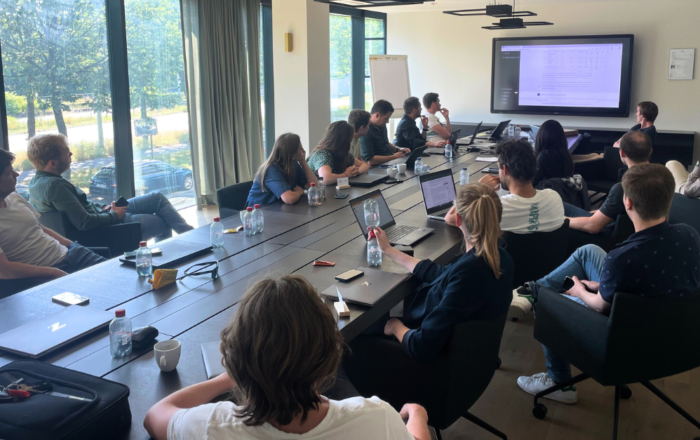
Implementing Oracle Primavera Cloud at ITER, one of the world’s largest projects


ITER is a large-scale international scientific initiative that aims to demonstrate the feasibility of fusion energy. As one of the most complex and ambitious megaprojects ever launched, ITER brings together 35 nations and involves massive engineering, technological, and organizational challenges. Hundreds of engineers and schedulers are working toward one common goal: to recreate the energy of the sun here on Earth.
ITER is one of the world’s most complex megaprojects: a 35-nation collaboration led by seven Members (China, the European Union/Euratom, India, Japan, Korea, Russia, and the United States) to build the world’s largest tokamak in southern France. Its mission is not to generate electricity, but to prove the integrated science and technologies for future fusion plants by sustaining a burning plasma with Q ≥ 10 (about 500 MW of fusion power from 50 MW of heating) in long pulses.
As one of the most complex and ambitious megaprojects ever launched, ITER brings together 35 nations and involves massive engineering, technological, and organizational challenges. Orchestrating this effort demands thousands of engineers and schedulers working toward one common goal: move one step forward to recreate the energy of the sun here on Earth.
So what does project controls look like in a project of this magnitude?
A call for innovation
For years, ITER and its domestic agencies managed their schedules using Primavera P6. As the program expanded, the complexity of coordinating multiple schedules across the ITER Organization, domestic agencies, and contractors grew significantly. The integrated baseline involved over 60 active projects and 40,000 activities; the construction schedule included up to 60,000 activities; and more than 170,000 activities were tracked across the domestic agencies. With growing databases, monthly archiving, and hundreds of users, the system became difficult to maintain. Bringing together all schedules into a coherent, integrated structure became almost impossible.
Meeting complexity with capability
With new flexibility to adopt cloud-based solutions, ITER launched an initiative to modernize its scheduling ecosystem. Oracle Primavera Cloud (OPC) was selected to centralize schedule management, streamline collaboration, and enable broad, intuitive access for all stakeholders (including technical teams, senior managers, domestic agencies, and contractors).
The platform introduces improved project scheduling opportunities with new features such as schedule health indicators. Most importantly, it offers a more connected and transparent way of working, tailored for large, distributed project environments like ITER.
A seamless transformation
To manage the change efficiently, the transition to OPC was structured into two phases:
- Phase 1 focused on the migration from P6 to OPC. In just a few months, and without disrupting day-to-day scheduling and reporting, ITER and Proove jointly migrated the existing planning ecosystem (involving nearly 100 schedulers and over 300 users) into OPC, along with all key processes around planning and cost controls.
- Phase 2 focuses on integrating the seven domestic agencies into the OPC environment to enable fully unified scheduling. It also supports ITER in improving its use of OPC. The aim is to drive better efficiency, stronger control, and greater project visibility for all stakeholders.
Proud to support ITER's mission
At Proove, we are proud to stand alongside ITER on a journey that pushes the boundaries of science, engineering, and collaboration. Helping to implement future-proof project controls in a context this demanding is exactly the kind of challenge that drives us. We are excited to keep supporting ITER as it takes the next steps.
Image: ITER Organization/EJF Riche




